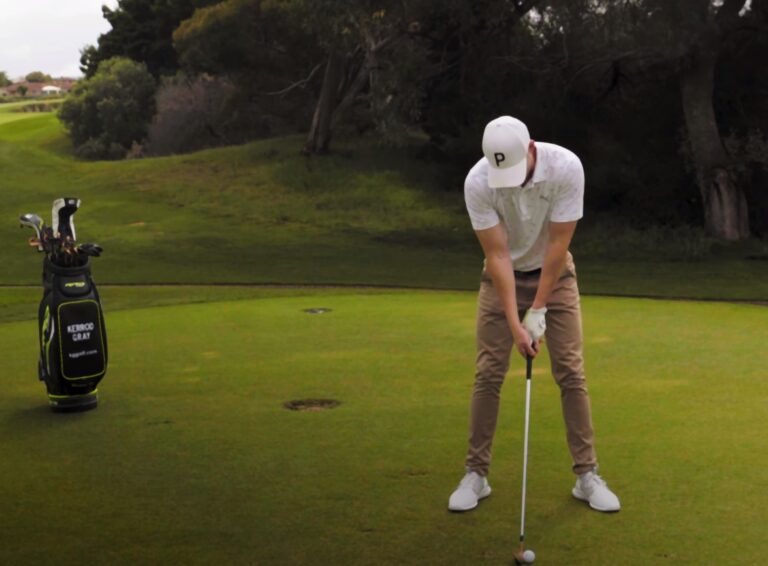Golf, a sport where precision meets power, hinges significantly on the subtleties of the swing. Among the various elements that comprise an effective golf swing, the role of hip clearance stands out as both pivotal and often underestimated.
This aspect of the swing is crucial in generating power, maintaining balance, and ensuring accuracy, ultimately impacting the overall performance on the course. The purpose of this article is to provide golfers with a comprehensive understanding of how to achieve wide-open hips in their golf swing, a key to unlocking their full potential on the green.
Different Techniques Can Help
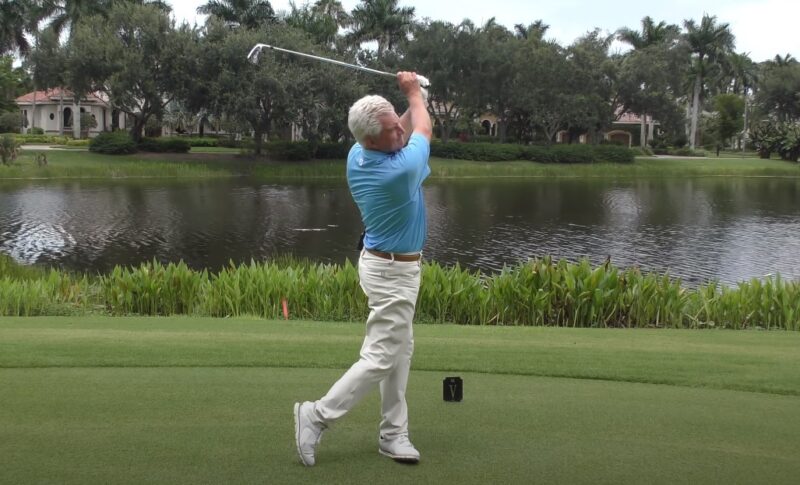
Addressing the physical aspects of the clearance begins with targeted exercises. These exercises are designed to improve both the flexibility and strength of the muscles involved in the pelvis rotation. Incorporating a routine that focuses on the lower back, flexors, and glutes can make a noticeable difference.
Dynamic stretches that mimic the movement of the swing are particularly effective, as they not only increase flexibility but also train the muscles in a movement pattern similar to that required in golf. Strength training is equally important. Exercises like squats and lunges, which strengthen the legs and core, contribute to a more stable and powerful rotation.
Additionally, balance exercises can enhance the ability to maintain stability throughout the swing. Integrating these exercises into a regular training routine not only improves the clearance but also reduces the risk of injury.
-
Practice Drills for Better Movement
Practical drills on the course or at the driving range are crucial for translating these physical improvements into a better swing. Drills that focus on isolating and practicing the pelvis movement help in developing muscle memory.
One of the most effective drill exercises involves practicing the swing with the feet together, which forces the body to rely more on pelvis rotation for power, thereby improving the movement pattern. Another useful exercise is the use of a physical barrier, like a golf bag, to restrict hip movement during the backswing, thus enhancing control during the downswing.
Recording and analyzing swings can also provide valuable feedback. Watching for the timing and coordination of the pelvis rotation with the rest of the body can identify areas needing improvement. This self-analysis, combined with regular practice, helps in fine-tuning the hip clearance technique.
Advanced Tips From Professionals
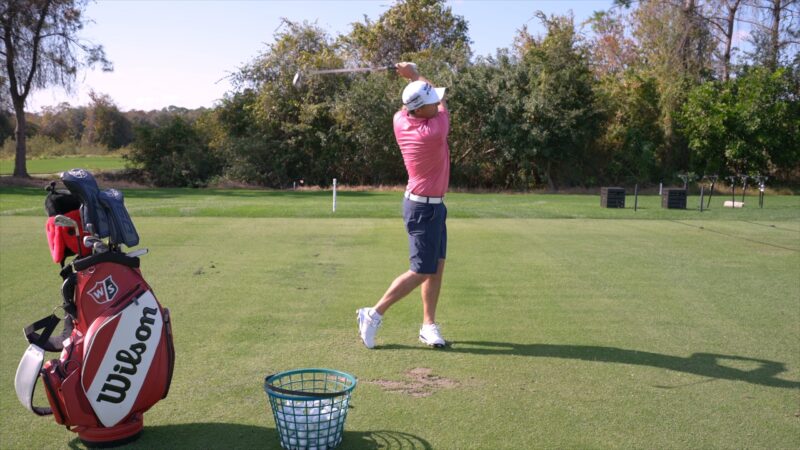
Achieving optimal clearance is not just about the lower body; it’s about how it harmoniously interacts with every other component of the swing. Integration is key. The goal is to create a fluid motion where the pelvis rotation acts as a catalyst for the rest of the swing.
This integration requires a keen understanding of the entire swing process and how each part contributes to the whole. The synchronization of the upper and lower body is essential. As the lower body initiates the downswing with the hip rotation, the upper body should follow in a seamless, whip-like motion.
This sequence is essential for generating maximum power. It’s akin to cracking a whip; the power generated from the handle moves through the length of the whip, culminating in a powerful snap at the end. In golf, the handle is the rotating pelvis, and the snap is the club head striking the ball. Another vital element is the maintenance of posture throughout the swing.
Consistent posture ensures that the benefits of hip clearance, such as power and control, are fully realized. Changing posture mid-swing can disrupt the balance and alignment, leading to less effective shots.
You Can Adjust Your Technique Over Time
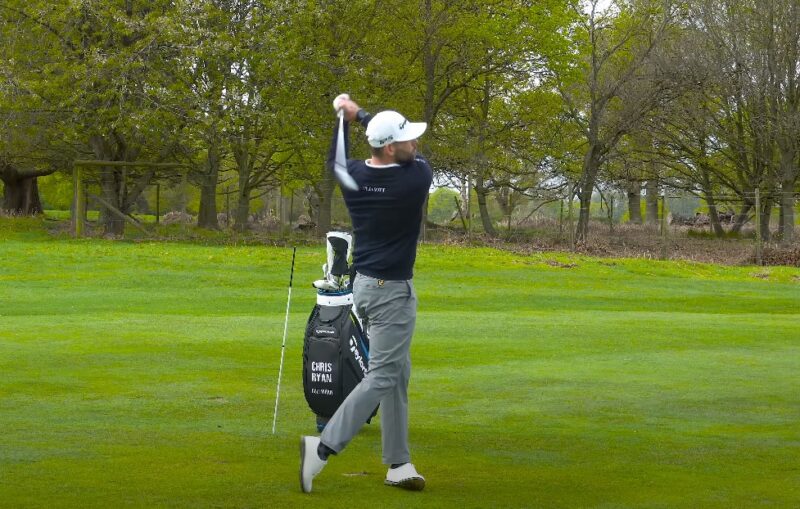
First of all, the most important part is to focus on your development. You will notice if some exercises are not going as planned. Therefore, you can adjust the practice to ensure the improvement of your skills in the right direction.
These Are the Focus Areas for Adjustments
- Timing: If you’re struggling with timing, focus on the transition from the backswing to the downswing. Practice drills that emphasize this transition.
- Flexibility and Strength: If the issue lies in the inability to rotate fully or maintain stability, revisit your physical conditioning. Additional flexibility and strength work may be necessary.
- Coordination: For coordination problems, drills that isolate different parts of the swing can be beneficial. Breaking down the swing into segments can help improve the overall fluidity.
- Posture: Maintaining a consistent posture throughout the swing is crucial. Practice swings focusing solely on maintaining your posture can help.
- Feedback: Seek feedback from various sources – coaches, video analysis, and even technology like swing analyzers can provide different perspectives on your swing.
In case that you are facing some bigger challenges, the adjustments that could help in that case are:
- Self-Assessment: Regularly evaluate your swing. This can be done through video analysis or working with a coach. Look for inconsistencies or areas where the swing does not feel smooth or powerful.
- Be Patient and Determined: Based on your assessment, make small, incremental changes. Drastic changes can often lead to more problems than solutions.
Why is Proper Hip Movement So Important?
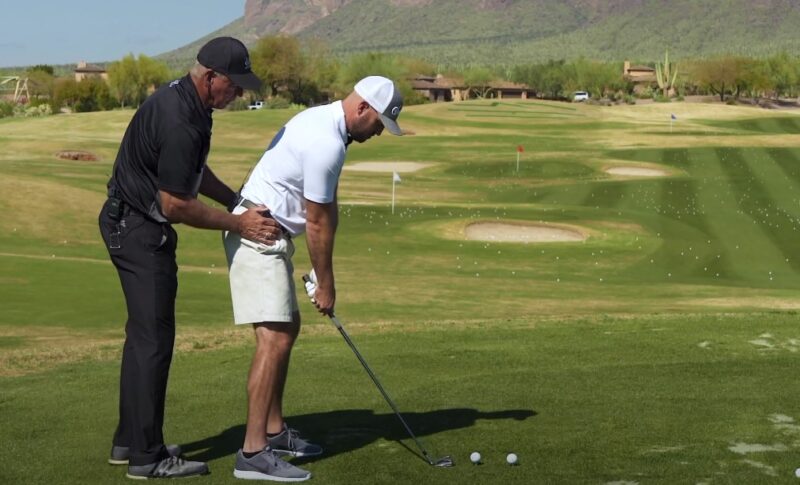
The pelvis, particularly, plays a critical role. Its rotation and stability are essential for both generating power and ensuring precision. This rotation is the heart of what many refer to as hip clearance. It involves a dynamic turn of the pelvis during the shot, which, when executed correctly, contributes significantly to the force and direction of the ball.
The golf swing starts with the pelvis setting the foundation. As a player initiates the backswing, the pelvis rotates, creating a coiling effect with the upper body. This movement is not just about turning; it’s a controlled rotation that builds tension and potential energy. As the swing transitions into the downswing, this stored energy is released, propelling the club with force towards the ball.
Effective pelvis movement ensures this transition is smooth, powerful, and precise. However, this movement isn’t solely about rotation. Stability and control are equally important. As the pelvis turns, it must also remain stable, providing a solid base from which the upper body can uncoil. This balance between rotation and stability is what makes the clearance a nuanced and essential skill in golf.
It Can be Challenging
Despite its importance, achieving proper pelvis rotation and stability is a common struggle for many players. The challenges range from physical limitations to technical misunderstandings. Limited flexibility or strength in the lower body can hinder the ability to rotate adequately or maintain stability.
This often leads to compensatory movements that can throw off the entire swing. Another frequent issue is the timing of the pelvis rotation. Misjudging the timing during the transition from backswing to downswing can result in either premature or delayed hip movement. This mistiming affects the sequence of the swing, often leading to a loss of power and control.
The precision required in this movement cannot be overstated; even slight deviations can have significant consequences on the shot’s outcome. Additionally, many players struggle with the coordination of pelvis movement with the rest of their body.
The golf swing is a symphony of movements, each part playing a critical role in harmony with the others. If the pelvis rotation is out of sync with the upper body, it disrupts this harmony, affecting the fluidity and effectiveness of the swing.
FAQs
How do you loosen your hips?
To loosen your hips for golf, focus on exercises that increase flexibility and range of motion. Some effective exercises include:
- Hip Circles: Stand and lift one knee, rotate it in a circular motion, then switch sides.
- Lunges: Forward, side, and rotational lunges can help stretch and strengthen hip muscles.
- Pigeon Pose: A yoga pose that deeply stretches the hip flexors and lower back.
- Foam Rolling: Using a foam roller on your hip area to release muscle tightness.
Why can’t I open up my hips?
Difficulty in opening up the hips can be due to several reasons:
- Lack of Flexibility: Tight muscles in the hip area can restrict movement.
- Weak Muscles: Weak hip and core muscles may not support proper hip movement.
- Sedentary Lifestyle: Prolonged sitting can lead to tight hip flexors.
- Previous Injuries: Past injuries to the hip or lower back area can affect hip mobility. Consulting a physical therapist or a golf fitness professional can help identify and address the specific causes.
What muscles opens the hips?
Muscles that are involved in opening your hips mainly include:
- Hip Flexors: Responsible for lifting and moving the leg forward.
- Gluteus Muscles: Particularly the gluteus medius and minimus, which aid in hip rotation and stabilization.
- Adductors: Located on the inner thigh, these muscles help in hip movement and stability. Strengthening and stretching these muscles can aid in improving hip mobility.
Can I get wider hips?
To work towards wider hips, focus on exercises that target and strengthen the hip area, such as:
- Squats: Especially sumo squats which target the inner thigh and glutes.
- Side Lunges: These engage the inner and outer thigh muscles.
- Hip Abductions: Either with a resistance band or on an abduction machine, targeting the outer thigh and glute muscles.
- Glute Bridges: Strengthen the glutes and help in hip stabilization. A combination of these exercises, along with a balanced diet and overall fitness routine, can contribute to achieving this goal.
Last Words
Perfecting hip clearance in golf is more than just a technical skill; it’s about enhancing your overall game and appreciating its nuances. This process requires consistent practice, a focus on physical conditioning, and a keen understanding of swing mechanics.
As you refine your techniques and deepen your understanding, each swing not only improves your game but also reflects your dedication and passion for this challenging and rewarding sport.

